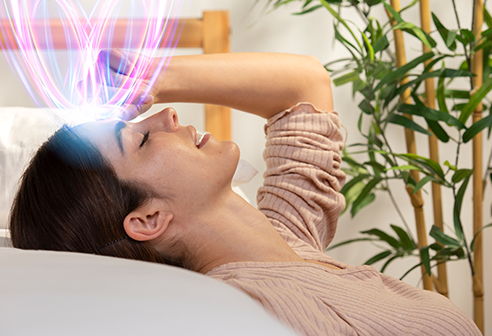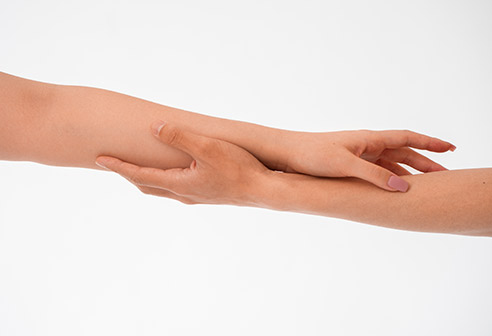
Photodynamic Therapy (PDT) is a successful treatment method widely used, primarily for skin cancer. In photodynamic therapy, systemic or local drugs are used to sensitize the targeted tissue to light. Then, light of an appropriate wavelength is applied to the targeted tissue to carry out the treatment.
The drugs used in photodynamic therapy must be chemically pure, maintain their effectiveness after being applied to the skin surface, have the necessary level of light absorption, and be effective only on the targeted tissue and cells. In addition to the drugs used, the wavelength and dosage of the light are also of great importance in Photodynamic Therapy. Furthermore, the oxygen level is also crucial. It is observed that the effectiveness of the treatment decreases in applications where the oxygen level is low. Dr. Lida Çiteli explained what you wonder about Photodynamic Therapy for you.
Advantages of Photodynamic Therapy
- Photodynamic therapy focuses only on the targeted tissue and cells.
- Multiple lesions can be treated in a single session.
- It has a deeper effect on tissues.
- It is easier for patients to tolerate.
- Especially in terms of aesthetics and cosmetics, much better results are obtained.
- No toxicity due to drug accumulation occurs in repeated sessions.
Redness, pain, and burning may develop in the area where Photodynamic Therapy is applied. These effects will diminish and disappear within a few hours. Subsequently, crusting may occur within a few days. However, this effect will also disappear on its own in a short time. Complete cosmetic recovery is achieved 10 to 14 days later.
Free radicals are formed as a result of excitation during the treatment. This is called a Type 1 reaction, or a Type 2 reaction, meaning singlet oxygen, may occur. Type 2 reactions are much more common in photodynamic therapy applications. Reactive singlet oxygen causes destruction in the target tissue. This effect manifests itself only on the target tissue and does not cause any harm to healthy tissue.
Photodynamic therapy is used in numerous cases such as acne vulgaris, psoriasis, lupus vulgaris, skin infections, granuloma annulare, and tumoral diseases. Photodynamic therapy is resorted to not only for treatments but also for diagnostic purposes.



